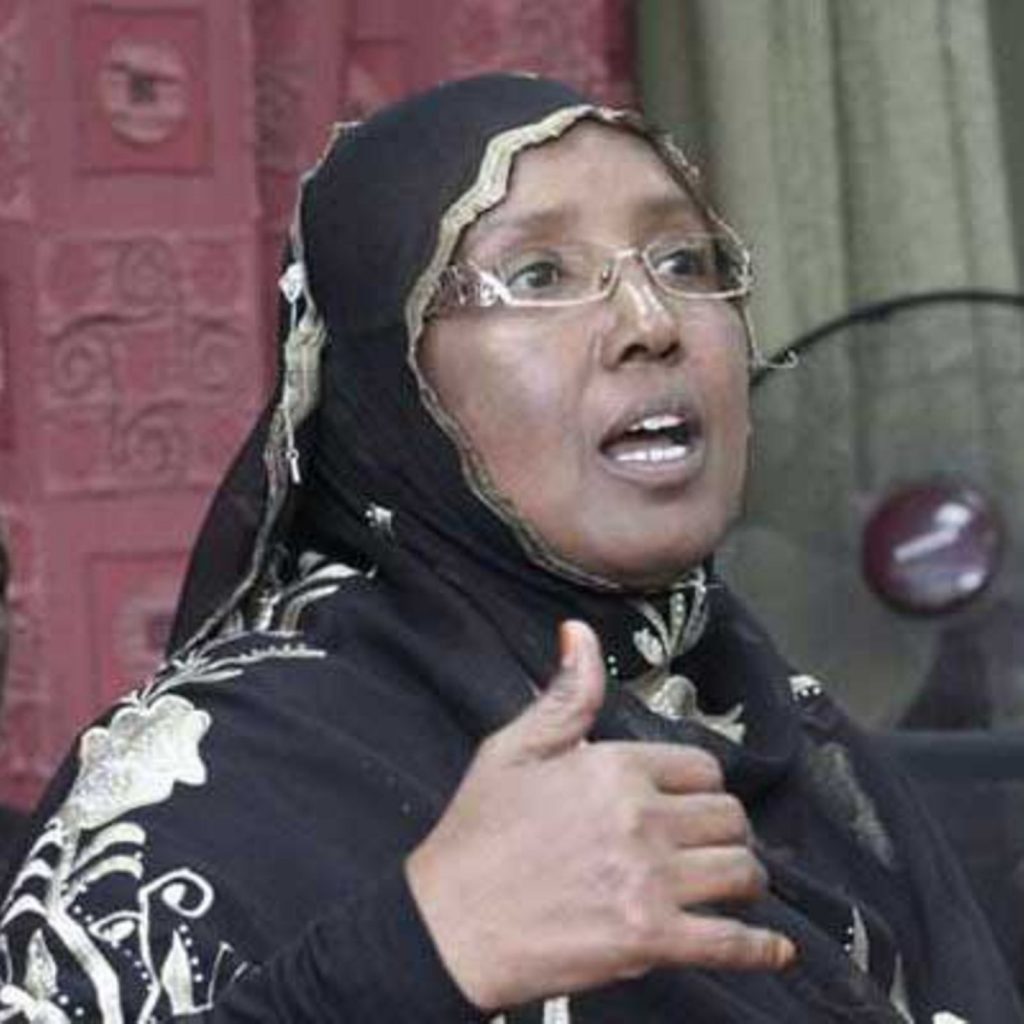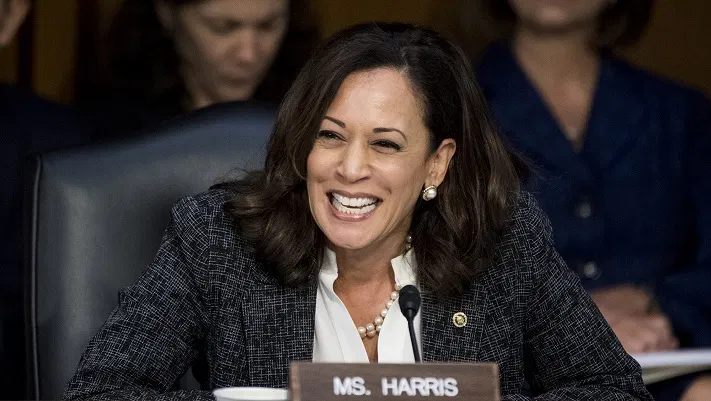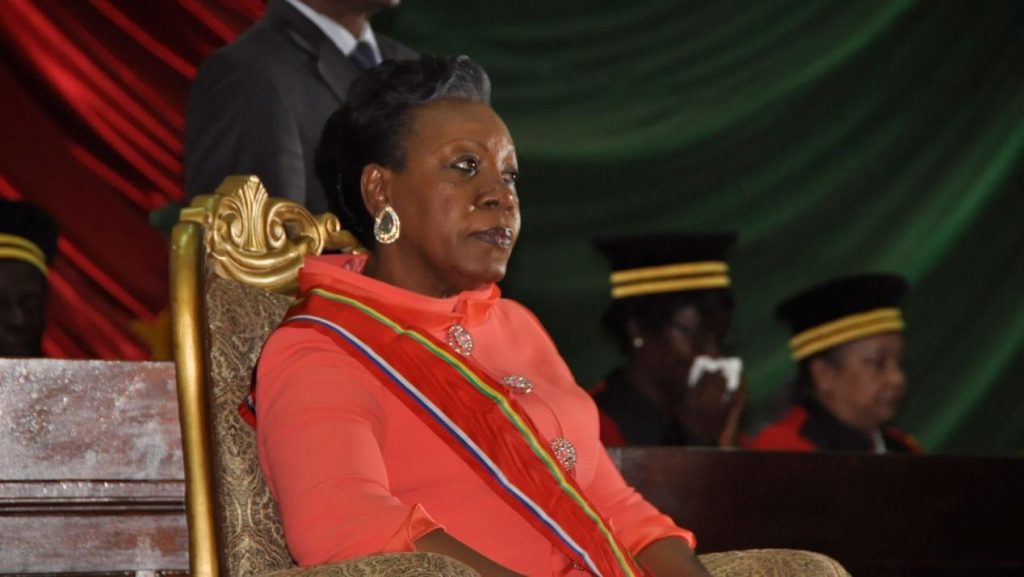While I may be the first woman in this office, I will not be the last. These words by the first female Vice president-elect of the USA, Kamala Harris, in her first post-election address to the nation, is a sign of political victory to women all over the world.
The #EndSARS Movement: A yearning for equality and inclusivity
By Ibifuro Ken-Giami
2020 will remain an unforgettable year in the archives of history, owing largely to the trail of challenges and hardship faced by most people as a result of the COVID19 pandemic. Although there are several negative impacts of the pandemic, it has clearly revealed the systemic and deep forms of inequalities in the world system. Shamina Singh, Founder & President of the Mastercard Center for Inclusive Growth, succinctly elaborated on this point in her statement that “COVID-19 has brought to the forefront the urgency of inclusive growth and the impact of unequal growth.”
Sophia Abdi Noor – A name that has found a permanent space in Kenya’s political history book
Kembet Bolton
While Africa has continued to record great feats in many areas, including economic and social accomplishments, its women have often been relegated to the background when it comes to key issues such as politics and governance.
Biden’s Candidate for Running Mate
By Kembet Bolton
Is Kamala Harris the best fit?
Amy Klobuchar, Kamala Harris, Elizabeth Warren! These names all topped the list for speculations of who will be the presumptive Democratic presidential nominee, Joe Biden’s running mate.
Late Governor Joyce Laboso’s Last Words to Female Leaders
Kenya’s 2017 General Election, despite being the second after the promulgation of the new Constitution, ushered in a number of firsts in the political arena. It was the first time that a presidential election results had been annulled. It was also during this election that Kenya got its first set of female governors. Apart from Charity Ngilu who had won the Kitui gubernatorial race, the other two female governors, Anne Waiguru and late Dr Joyce Laboso, were not considered political heavyweights. They were only mastering the ropes of politics at the very top with the win being Waiguru’s first attempt at politics and Laboso starting on a new path having only come into politics as her sister’s successor. Dr Laboso, who recently passed on has always been at the forefront of Kenya’s power ground championing for empowerment and encouraging women to set out and achieve their goals. As a pioneer…
Women in Government Equals Population Health
When the Prime Minister of Canada, Justin Trudeau came into office in 2015, he formed the first gender-balanced cabinet in Canadian history. In announcing his cabinet, he ensured that half of his closest advisers (15 out of a total of 30) were women. Canada’s gender-equal cabinet vaulted the country from 20th to fifth place in the world in terms of percentage of women in ministerial positions. When reporters asked Trudeau about why gender parity was important to him, he retorted: “Because it’s 2015.” His simple yet momentous response resonated with those committed to equity, diversity and inclusion. Following his response, public health researchers, began to think that if increasing the number of women in positions of power promotes gender equity, could it also promote population health and well-being? Based on their findings, they have reported that Population Health, support the argument that yes, women in government do in fact advance…
When Women Rule, Nations Prosper
Based on research by Katherine Phillips, Susan Perkins, and Nicholas Pearce A mere 15 percent of parliamentary representatives around the world are women — a reflection that for all the benefits democracy may bestow upon nations, it has not yet fully delivered on social equity. There are hints of change: women in top national leadership positions — president or prime minister — have more than quadrupled between 1950 and 2004, from four to 18. Recently, women have been elected in every corner of the globe, including, Chile, Germany, Liberia, and South Korea. Many of these leaders were elected amidst turbulent backdrops: Ellen Johnson Sirleaf was elected as the president of Liberia in 2005, on the heels of its second civil war, for example, while in 2013 Park Geun-hye of South Korea ran on a platform that promoted peace-building with North Korea. Just last month, Catherine Samba-Panza was chosen to lead, on an interim basis, the Central…







